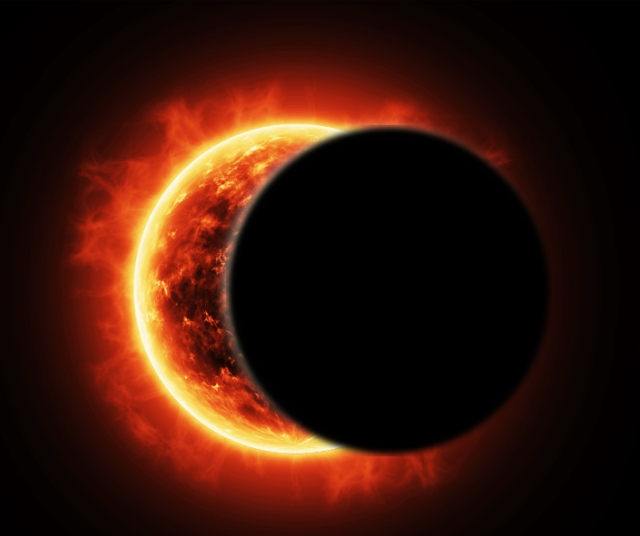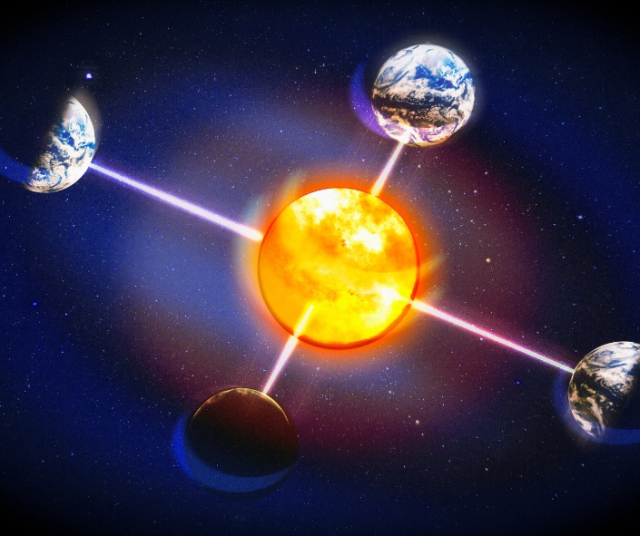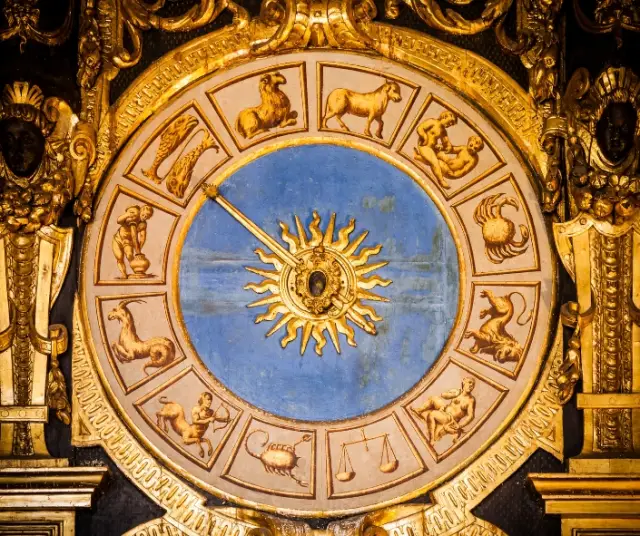The astronomical calendar is a fundamental tool for anyone interested in the study of astronomy and astrology . This calendar includes the dates of the most important astronomical events, such as eclipses, solstices and equinoxes. These dates are crucial to understand the movements of celestial bodies and their impact on our planet. In this article, we will review the most important dates of the astronomical calendar and their meaning.
It might interest you: Lunar Calendar Chile 2023
eclipses

Eclipses are one of the most impressive events that can be observed in the sky. An eclipse occurs when the Moon comes between the Sun and the Earth, or when the Earth comes between the Sun and the Moon . Depending on the relative position of the celestial bodies, three types of eclipses can occur: solar eclipse, lunar eclipse , and penumbral eclipse .
A solar eclipse occurs when the Moon comes between the Sun and the Earth, blocking the Sun's light and casting a shadow on the Earth's surface. This type of eclipse can only be observed in a limited area of the Earth, known as the zone of totality. The next solar eclipse will take place on April 8, 2024 and will be visible in North America, Central America, and part of South America.
A lunar eclipse occurs when the Earth comes between the Sun and the Moon, creating a shadow that darkens the Moon. This type of eclipse is visible from anywhere in the world where it is night. The next lunar eclipse will take place on May 16, 2022 and will be visible in North America, South America, Asia, and Oceania.
A penumbral eclipse occurs when the Moon passes through the penumbra of Earth's shadow, creating a slight darkening of the Moon. This type of eclipse is less impressive than solar and lunar eclipses, but it can still be interesting to watch. The next penumbral eclipse will take place on November 19, 2021 and will be visible in North America, South America, Asia, Oceania, and parts of Europe and Africa.
solstices and equinoxes

The solstices and equinoxes are the days when the seasons change on Earth. These changes are the result of the tilt of the Earth's axis and its movement around the Sun.
The summer solstice occurs on June 21 in the Northern Hemisphere and December 21 in the Southern Hemisphere. This day marks the time when the Sun reaches its highest point in the sky and the longest day of the year in the Northern Hemisphere.
The equinoxes occur at two times of the year, in March and September. During the equinoxes, the length of day and night are the same all over the world. The vernal equinox occurs on March 20 in the Northern Hemisphere and on September 22 in the Southern Hemisphere . The autumnal equinox occurs on September 22 in the Northern Hemisphere and on March 20 in the Southern Hemisphere.
The astronomical calendar also includes other interesting events, such as meteor showers and the movements of the planets. For example, the most famous meteor shower, the Perseids, occurs every year in August and is visible all over the world.
The astronomical calendar is also important for the study of astrology, which uses the position of celestial bodies to interpret the destiny and personality of people. The signs of the zodiac are based on the position of the Sun in the sky at the time of a person's birth.
